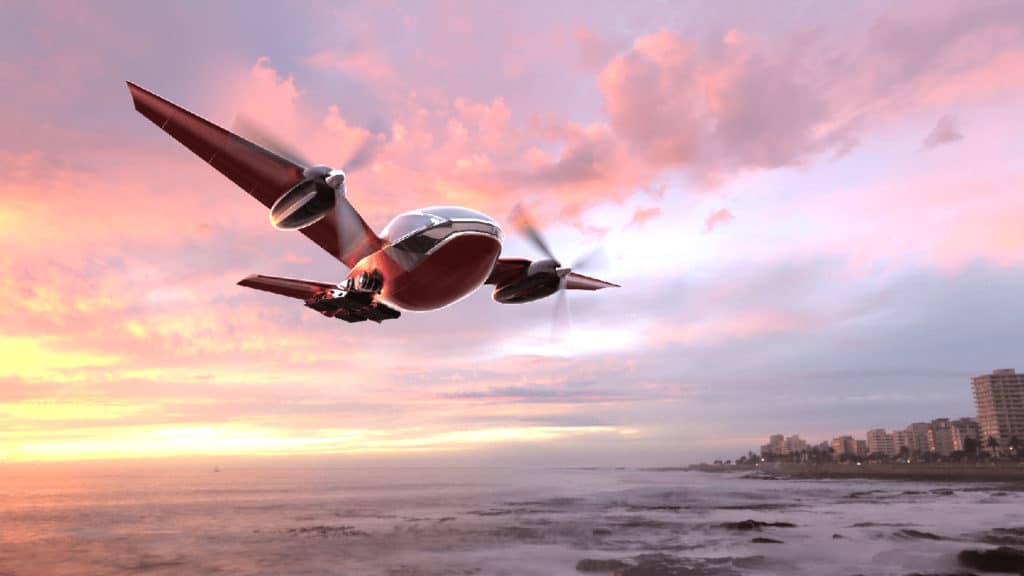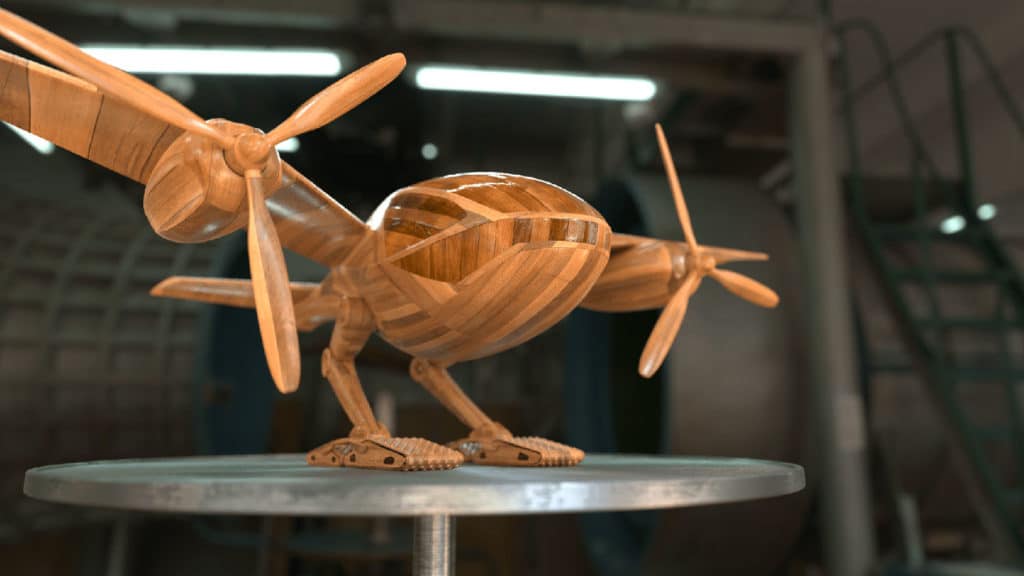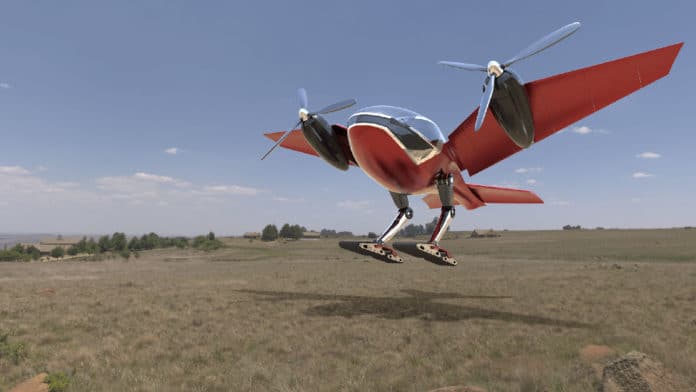The race to create the weirdest flying taxi seems to never end.
Now, developers from a South African startup Phractyl have unveiled a hybrid bird-plane with its concept “Macrobat,” which is unlike anything that the industry had created before. With tracked feet, bird legs, a tilting cabin, and tilting wings, the aircraft promises a ‘near-vertical takeoff and landing (NVTOL),” even from unprepared terrains.
In particular, this refers to the mobility of people and stuff to areas that are not easily accessible by land-based transport infrastructure. This is especially relevant in the African context, where the land-based transport infrastructure is not well developed. It means that electric vertical takeoff and landing aircraft that do not require prepared sites and runways may find popularity.

The Phractyl team came up with this, the Macrobat, an NVTOL aircraft with bird legs, tracked feet, and wings, which appear to be able to partially tilt. The bird legs can lift, lower, balance, and tilt the body of the plane. These birdlike paws tilt the air taxi 45 degrees for takeoff and then fold close to the tail. The innovative Macrobat wing is able to generate lift at low speeds, thus ensuring safe, controlled landings, regardless of the state of the propulsion system.
With these qualities, Phractyl’s personal aerial vehicles seek to expand mobility across Africa without introducing new infrastructure that would harm the environment.

The electric plane has a maximum range of 150 km (93 miles), a maximum payload capacity of 150 kg, and a maximum speed of 180 km/h (112 mph).
The company says its single-seater Macrobat bird plane can be operated as an aircraft or as a drone. This means the device can be piloted by a person, remotely piloted with a passenger, or remotely piloted with cargo only, depending on the need.
Initial applications may include recreational flight, EMT, medical deliveries, cargo missions, infrastructure inspection, and even crop spraying.
As for the real state of affairs, while the startup has nothing but renders and a small wooden Macrobot model. The team is working on a prototype propulsion system and a large-scale, functioning model of the aircraft. Phractyl is also actively seeking funding for its quirky project.
